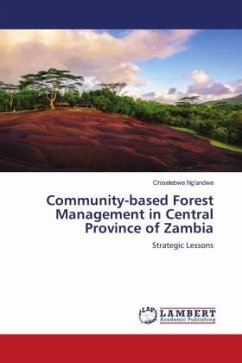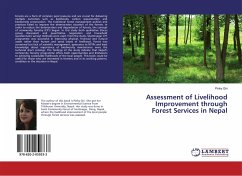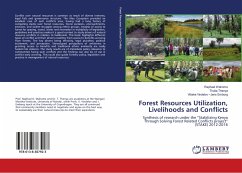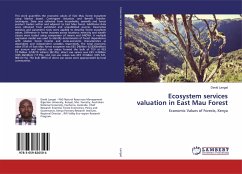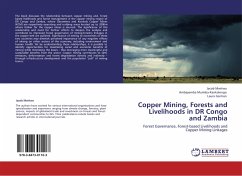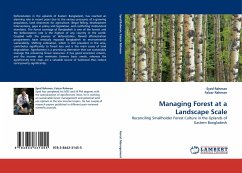
Managing Forest at a Landscape Scale
Reconciling Smallholder Forest Culture in the Uplands of Eastern Bangladesh
Versandkostenfrei!
Versandfertig in 6-10 Tagen
45,99 €
inkl. MwSt.

PAYBACK Punkte
23 °P sammeln!
Deforestation in the uplands of Eastern Bangladesh, has reached an alarming rate in recent years due to the various pressures of a growing population, land clearances for agriculture, illegal felling, development interventions, gaps in policy and legislation, and conflicting institutional mandates. The forest coverage of Bangladesh is one of the lowest and the deforestation rate is the highest of any country in the world. Coupled with the process of deforestation, flawed afforestration programmes have seriously exposed Bangladesh to environmental vulnerability. Shifting cultivation, which is s...
Deforestation in the uplands of Eastern Bangladesh, has reached an alarming rate in recent years due to the various pressures of a growing population, land clearances for agriculture, illegal felling, development interventions, gaps in policy and legislation, and conflicting institutional mandates. The forest coverage of Bangladesh is one of the lowest and the deforestation rate is the highest of any country in the world. Coupled with the process of deforestation, flawed afforestration programmes have seriously exposed Bangladesh to environmental vulnerability. Shifting cultivation, which is still prevalent in the area, contributes significantly to forest loss and is the main cause of land degradation. Agroforestry is a promising alternative that can sustainably manage the remaining forest resources. It has good economic returns, and the income also maintains farmers basic needs, whereas the agroforestry tree crops are a valuable source of fuelwood thus reduce rural poverty significantly.




